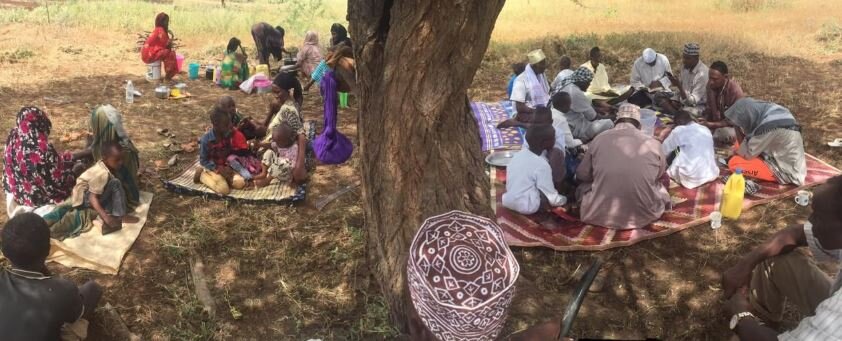
In Isiolo County, Northern Kenya, women play a vital role in enhancing food security for their families as they are the custodians of both exotic and indigenous food crops. In fact, the project on food planning and design was done by the Rupa Farmers Self-Help Group whose majority members are women. Community engagement was vibrant with the youth from both genders who were involved, as elders saw the need to hand down their knowledge to the coming generation. A local school teacher lent expertise and professional support, while the Rupa farmers sought an audience with the local government’s agricultural extension officers to seek their assistance in determining what the people actually need and measures to take. The farmers’ group reached out to other groups to share and exchange knowledge and experiences to expand linkages of support in the region.
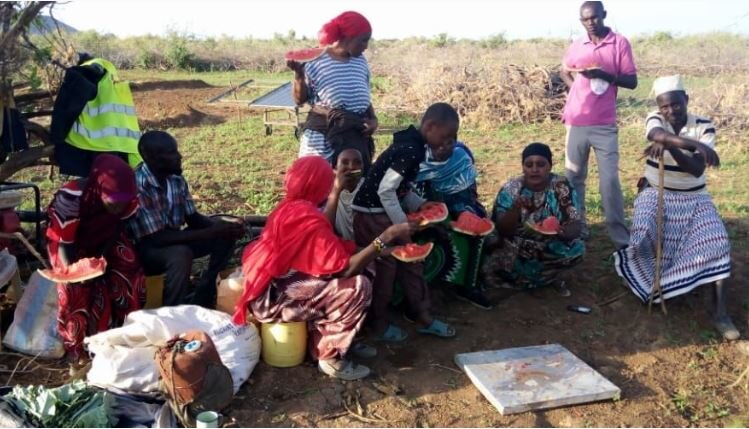
The successful outcome stems from a community’s appreciation of the importance of local food crops such as shalqetha, qumuthe, deka, ogomdi and other exotic crops for their food supply and to enhance health and nutrition. To complement this, they set up fish ponds to augment the community’s balanced nutrition. And, to minimize fuel costs in production and help improve their environment, they installed a solar powered generator.
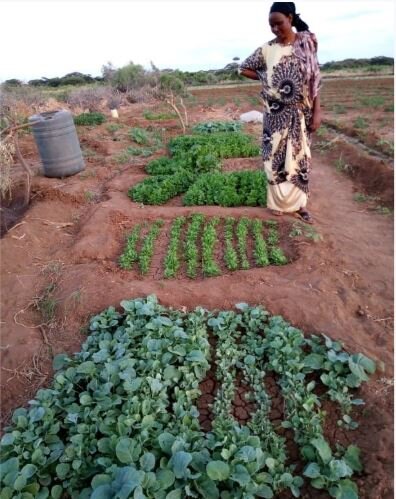
Knowledge and capacity through trainings equipped forty-five local farmers on modern farming techniques that would enable them to enhance food production in the region. Joining in the endeavour were sixty elders, women and school children who learned and re-discovered the use and nutritional benefits of their indigenous food crops. More significantly, this promoted gender inclusivity and inter-generational transmission of knowledge. Group leaders were trained on resource management and collective leadership.

To optimize available land and achieve labour efficiency in dairy production, some thirteen farmers opted and trained for zero grazing techniques where they located their cows near their farms for easier feeding. Vital to their diet is milk and other dairy products from their cows. To be able to continually produce these, they documented their milk churning process to produce natural ghee with the use of a hand held churner. The improved technique of milk cooling for preservation was also documented, and so was the traditional method of producing natural honey by extracting this from beehives with the use of smoke. Additionally, the farmers learned about common livestock and crop disease control and mitigation.
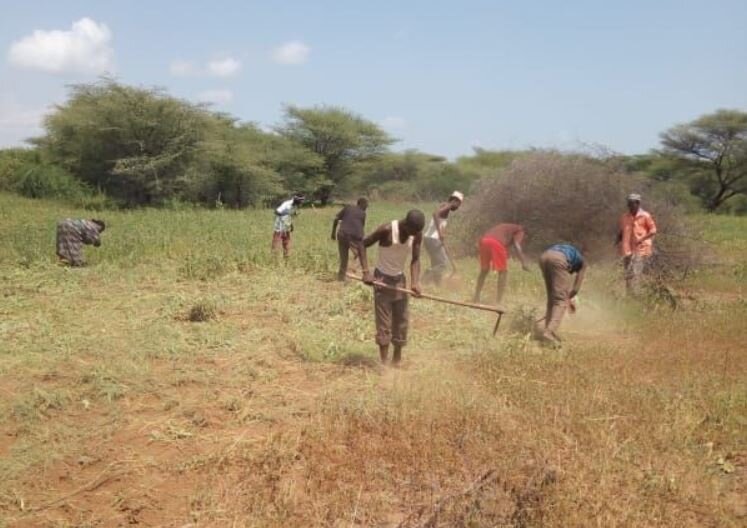
The Rupa farmers enhanced food security in the region amidst a global pandemic, boosting their livelihood status, promoting sustainable use of natural resources, and most importantly, improving community health through balanced nutrition. The cultivation of indigenous food crops as well as applying modern farming techniques yielded nutritional benefits.
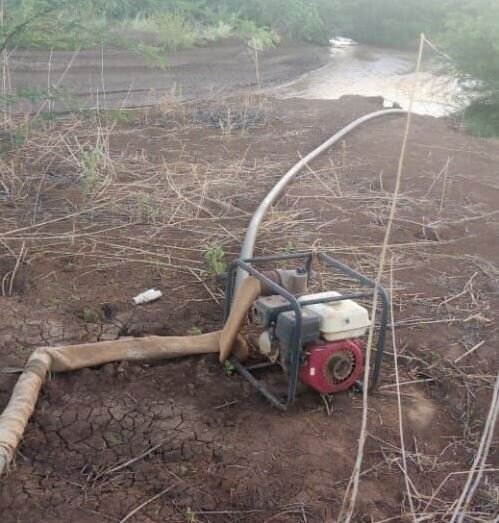
The community, located at the bank of the Waso Nyiro river was vulnerable to harsh weather condition. Unpredictable heavy rainfall caused flash floods that wiped out food crops. This persistent flooding compelled the Rupa Farmers Group to relocate to higher ground where they resumed farming. This did not impede the project continuity.
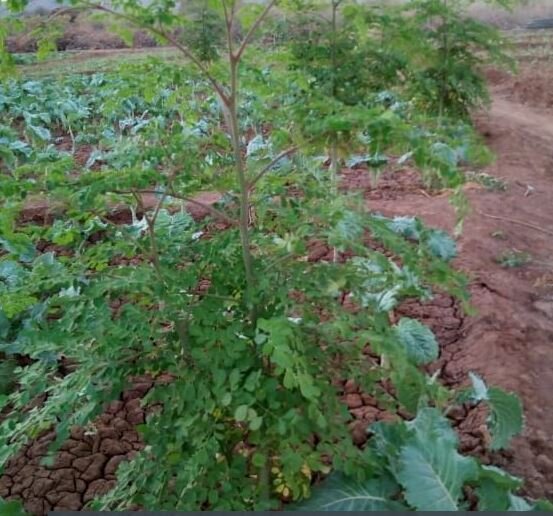
The farming community saw the value of maintaining relations with other groups to advance their communities’ welfare and progress. They intend to sustain these linkages and go into the next farming phase where they will venture into poultry farming, and open an agro-veterinary shop that supplies the region with farming and livestock medicine.
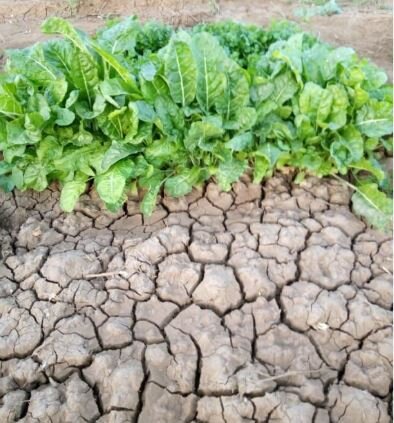
(The project “Improved Food Security and Enhanced Livelihood for Oromo People in Northern Kenya” was implemented by the Rupa Farmers Self-Help Group in Merti, Isiolo County, Northern Kenya during the first half of this year, 2020 with the support of PAWANKA Fund.)
